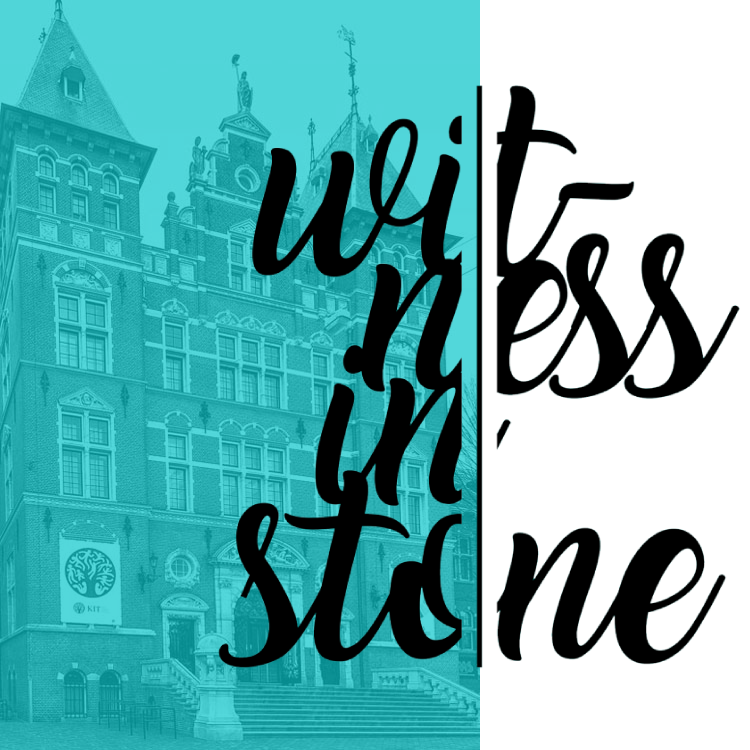
The royal tropical institute, a building as colonial legacy
with a visual reflection by artist brian elstak
An online tour that examines the colonial history of KIT Royal Tropical Institute through a review of fourteen works of art in and around the building of the institute in Amsterdam.
FROM COLONIAL
INSTITUTE TO ROYAL
TROPICAL INSTITUTE
AND Wereldmuseum
In 1871, the Koloniaal Museum, the world’s first colonial museum, opened its doors in Paviljoen Welgelegen in Haarlem, across from Haarlemmerhout park. This museum displayed objects from the Dutch colonies in ‘the East’, primarily from Indonesia, as well as Suriname and the various Caribbean islands in ‘the West’. Centuries of violence, territorial expansion and exploitation had transformed these areas into what were known uncritically at the time as ‘wingewesten’ (exploitable regions), feeding the Dutch national pride.
The museum was an initiative of the Nederlandsche Maatschappij tot Bevordering van Nijverheid en Handel (Netherlands Society for the Promotion of Industry and Trade). Slavery had only recently been abolished; in 1860 for Indonesia and 1863 for Suriname and what has been known as the Antilles, and the formerly enslaved would remain under state supervision until 1873.






